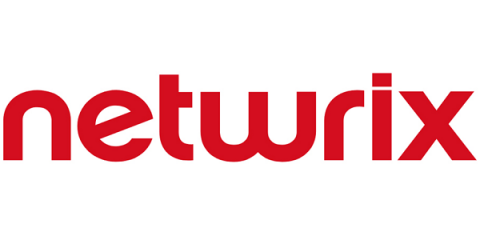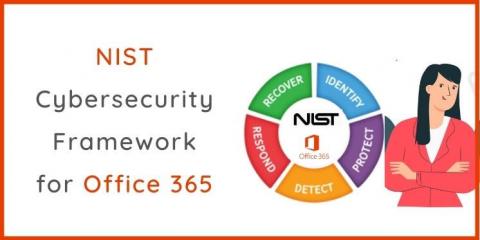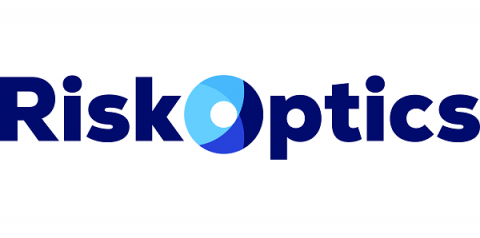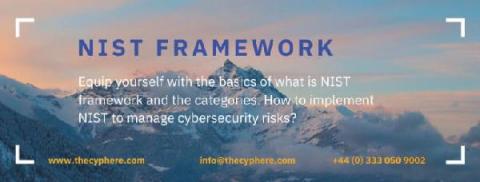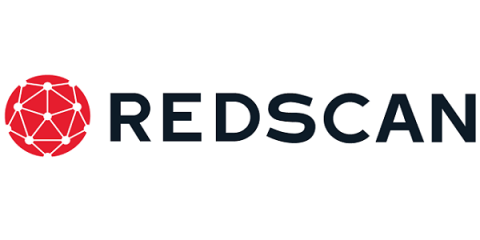What Is the NIST Cybersecurity Framework?
With cyber threats rapidly evolving and data volumes expanding exponentially, many organizations are struggling to ensure proper security. Implementing a solid cybersecurity framework (CSF) can help you protect your business. One of the best frameworks comes from the National Institute of Standards and Technology. This guide provides an overview of the NIST CSF, including its principles, benefits and key components.


